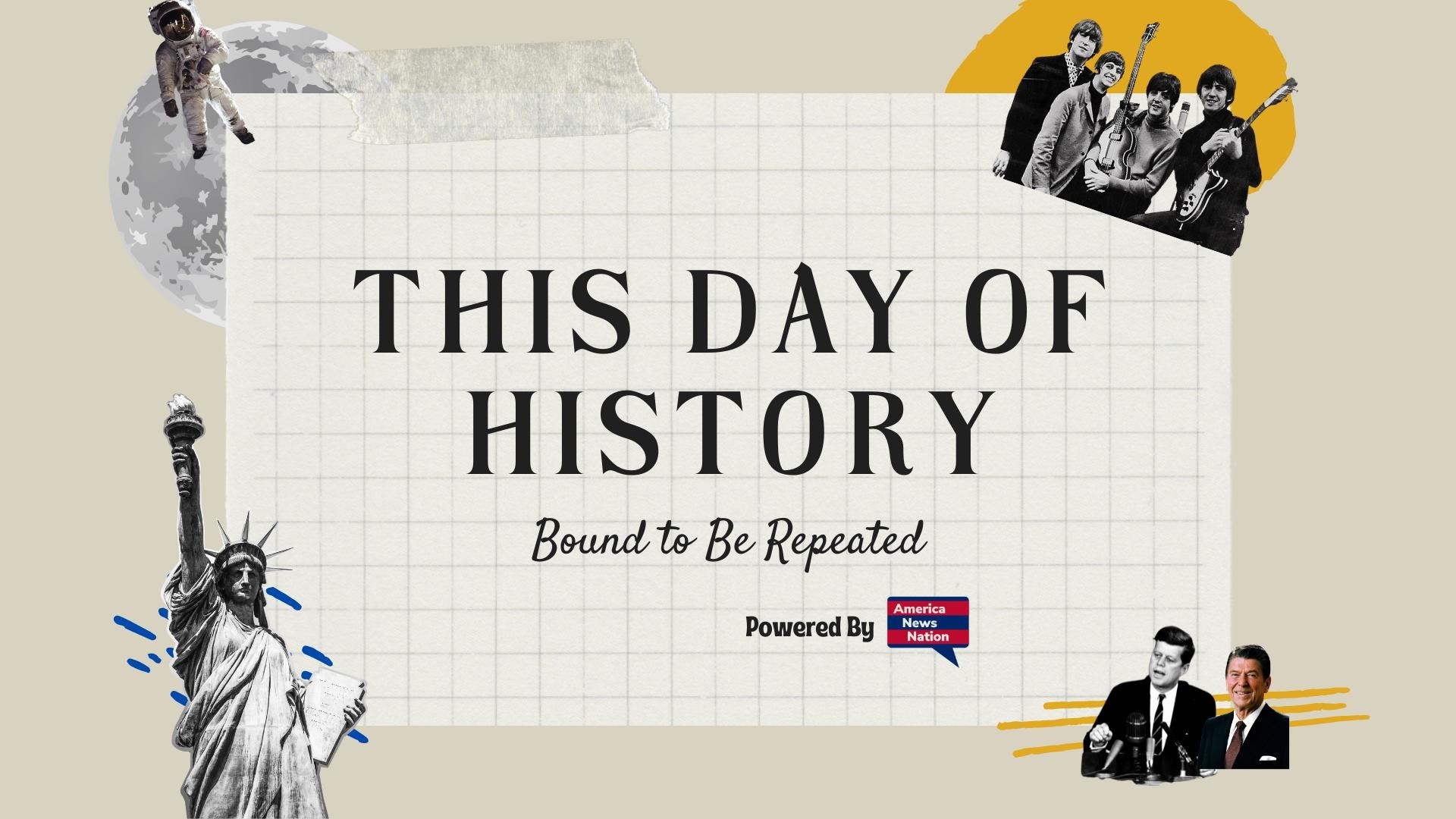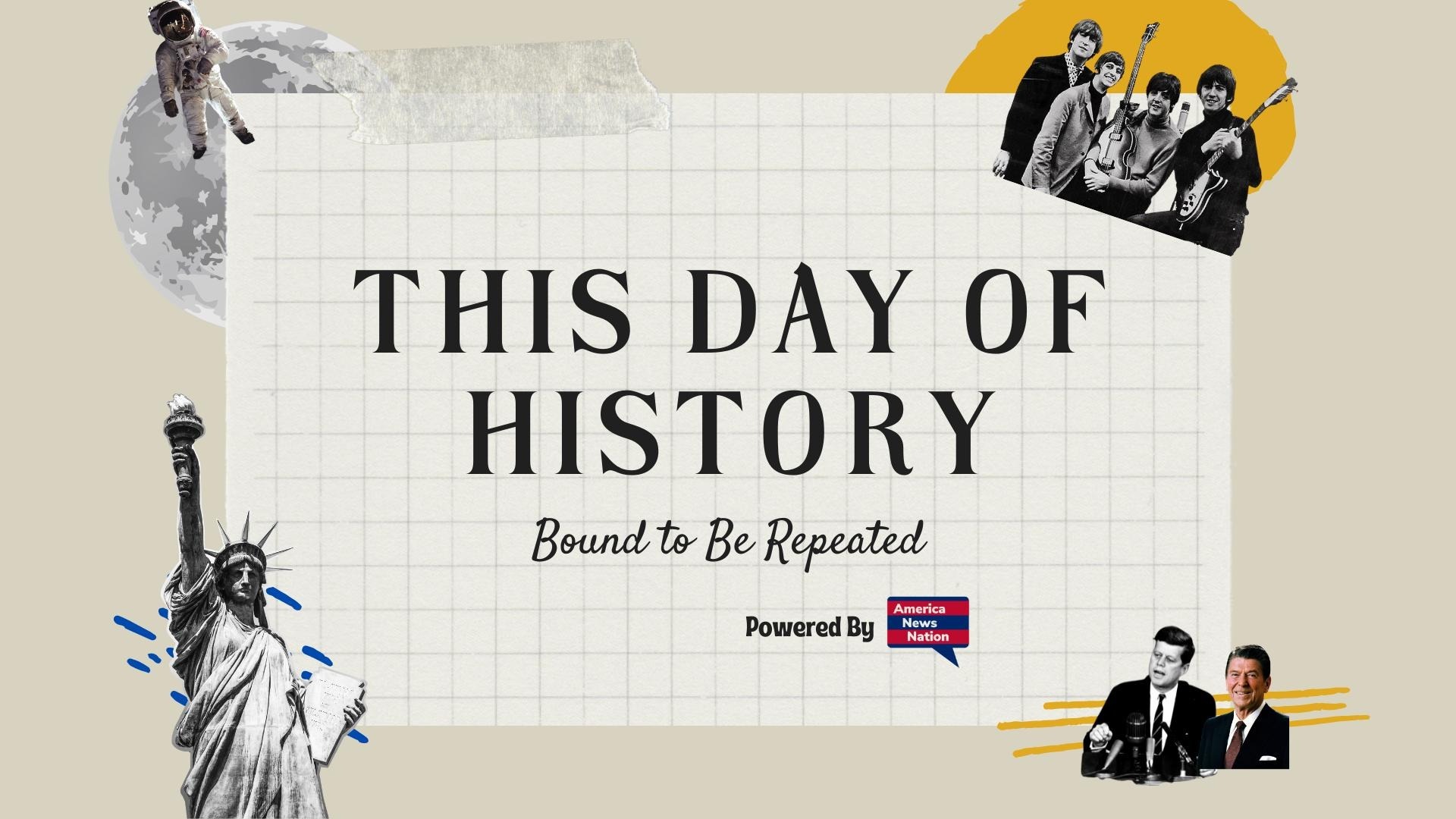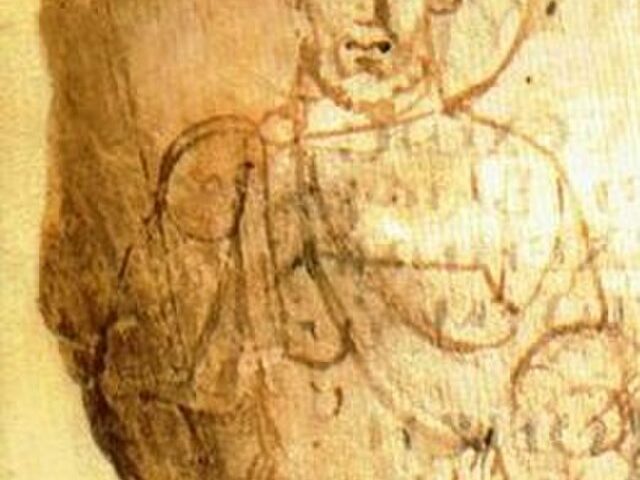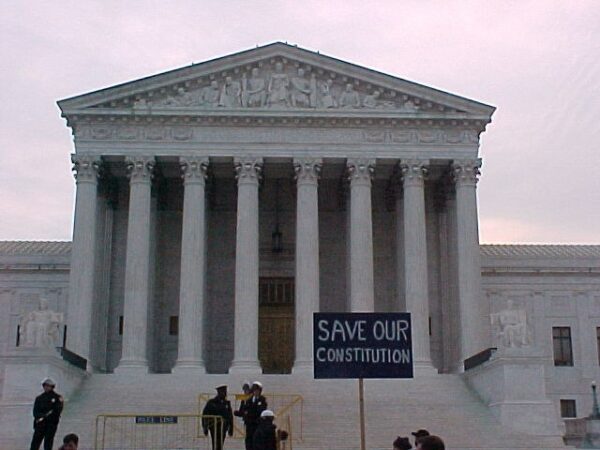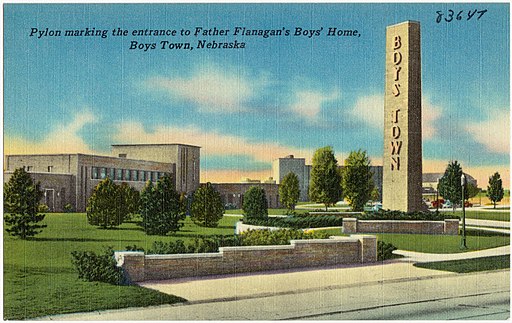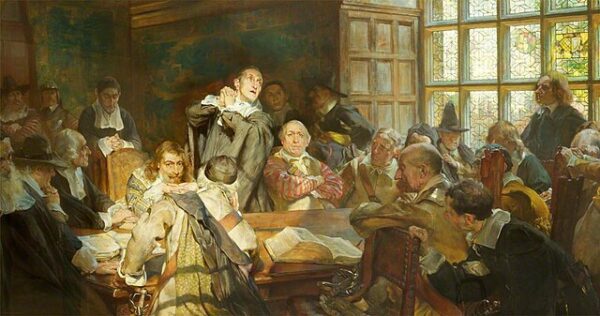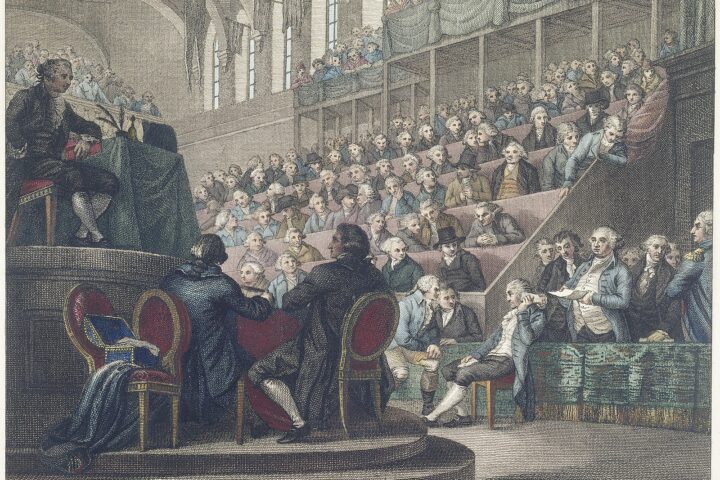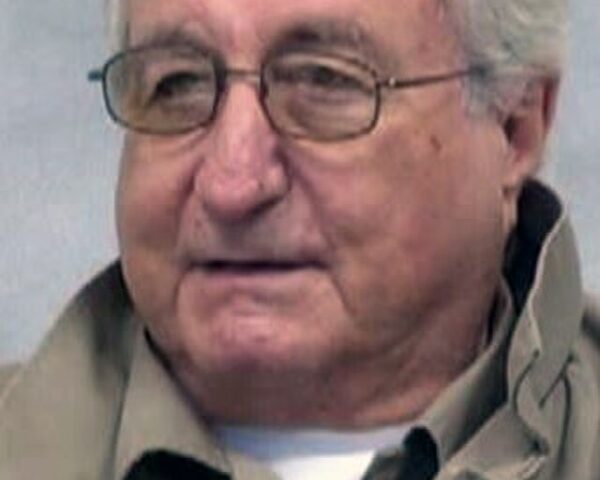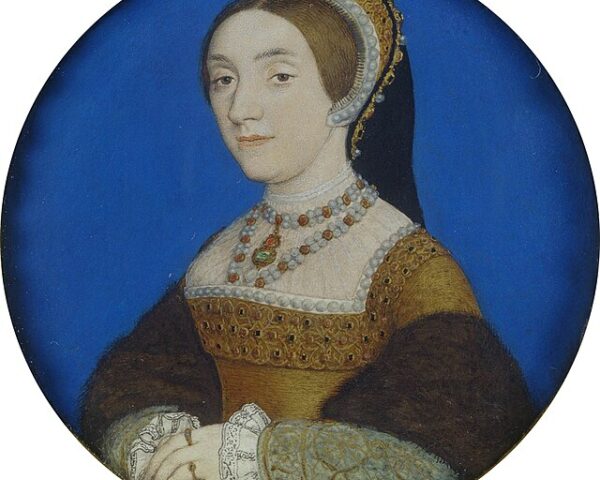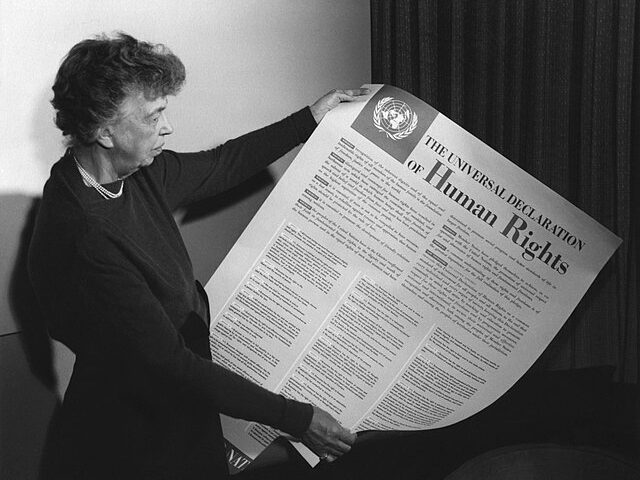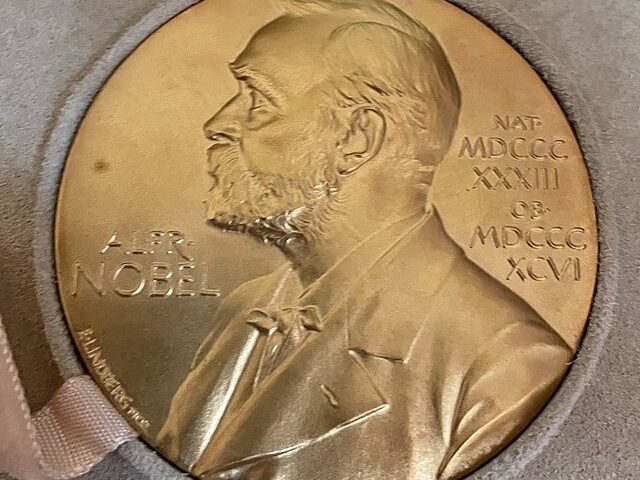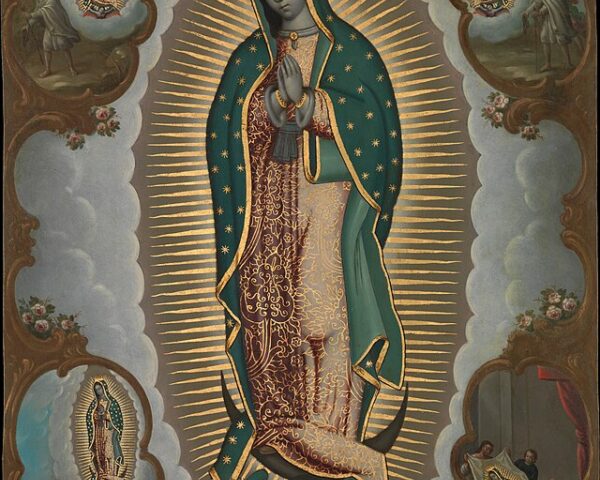The winter of 627 opened with an army that should not have existed. After years of catastrophic defeats, territorial losses stretching from Egypt to Syria, and a Persian occupation that once reached the very gates of Constantinople, the Byzantine Empire was expected—by friends and…
Read MoreOn December 12, 2000, the United States Supreme Court issued its decision in Bush v. Gore, a pivotal case that effectively determined the winner of the 2000 presidential election. The case emerged from the extraordinarily close vote in Florida, a state with 25 critical…
Read MoreDuring the late 1910s, while ministering to the homeless of Omaha, Nebraska, Father Edward Joseph Flanagan became interested in young people and their struggle to grow into responsible, productive adults. He wanted to help them improve their lives and soon founded Boys Town on…
Read MoreThe Root and Branch Petition, presented to the Long Parliament on December 11, 1640, stands as one of the most provocative and destabilizing petitions of the English Reformation era. Signed by an estimated 15,000 Londoners—an extraordinary number for the period—it demanded nothing less than…
Read MoreThe trial of Louis XVI was a pivotal event during the French Revolution that unfolded in the late 18th century. The revolution, marked by a fervent desire for political and social change, reached a critical juncture when the National Convention, the revolutionary assembly, put…
Read MoreOn December 11, 2008, Bernie Madoff, a highly regarded Wall Street financier and former Nasdaq chairman, was arrested for orchestrating one of the largest Ponzi schemes in history. As the founder of Bernard L. Madoff Investment Securities LLC, Madoff faced securities fraud charges after…
Read MoreThe message was clear on December 10, 1541, stay away from the queen. The day marked one of the grim pieces of Tudor justice when Thomas Culpeper and Francis Dereham were executed for improper relations with Catherine Howard, the young queen and fifth wife…
Read MoreToday the world commemorates the anniversary of a landmark event in human history: the signing of the Universal Declaration of Human Rights (UDHR) by the United Nations. Drafted in the aftermath of World War II, this foundational document, often referred to as the Human…
Read MoreAlfred Nobel was a Swedish chemist, engineer, and inventor. Throughout his life, Nobel held numerous patents for his inventions, and he accumulated considerable wealth from his inventions, particularly dynamite. The History Channel writes, “What persuaded the ‘dynamite king’ to devote his fortune to charity? Nobel…
Read MoreOn the morning of December 9, 1531, a widowed Chichimeca-Nahua convert named Juan Diego set out across the northern outskirts of Mexico City toward the Franciscan mission at Tlatelolco to attend Mass. A relatively recent convert to Christianity, Juan Diego had been baptized only…
Read More